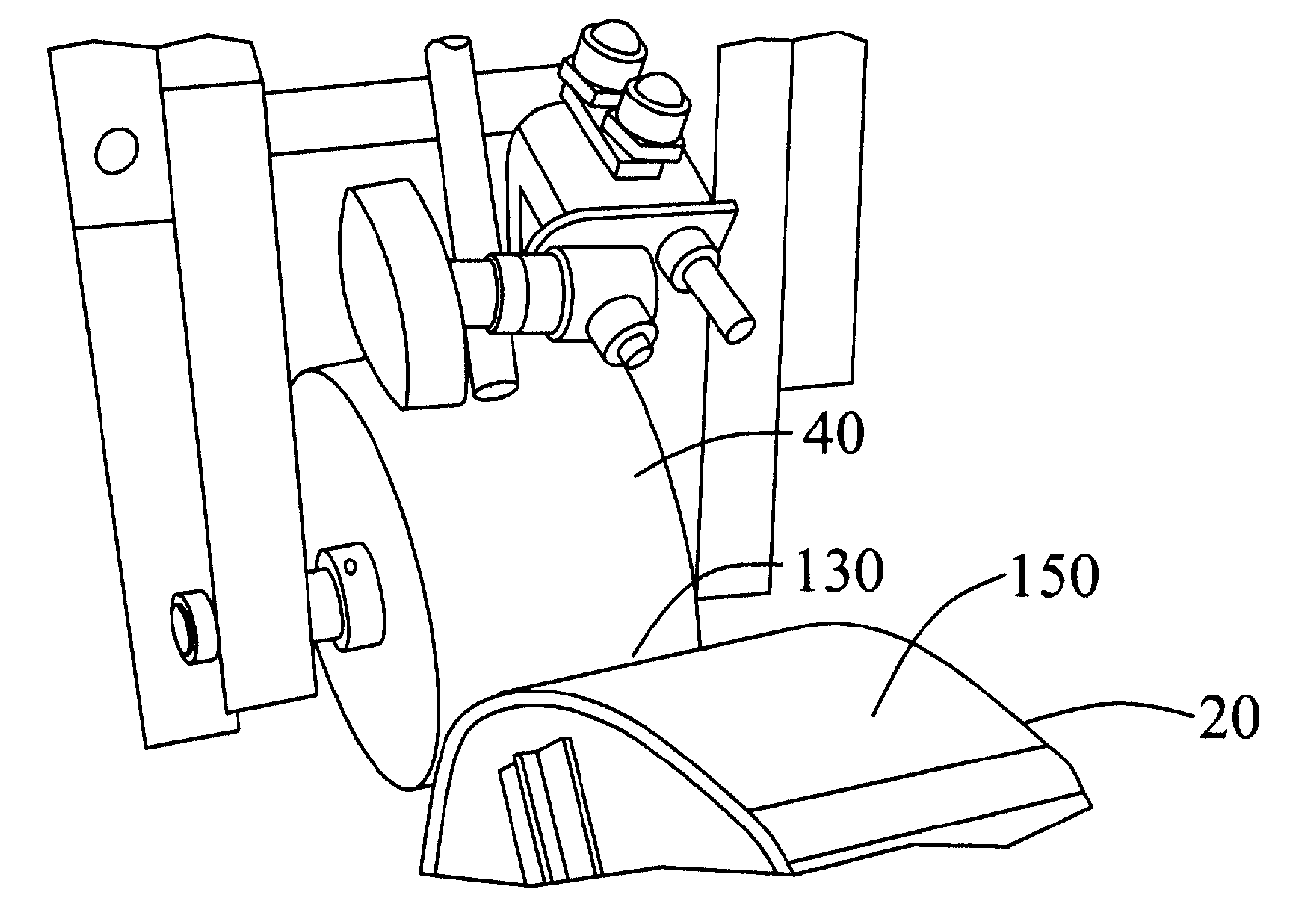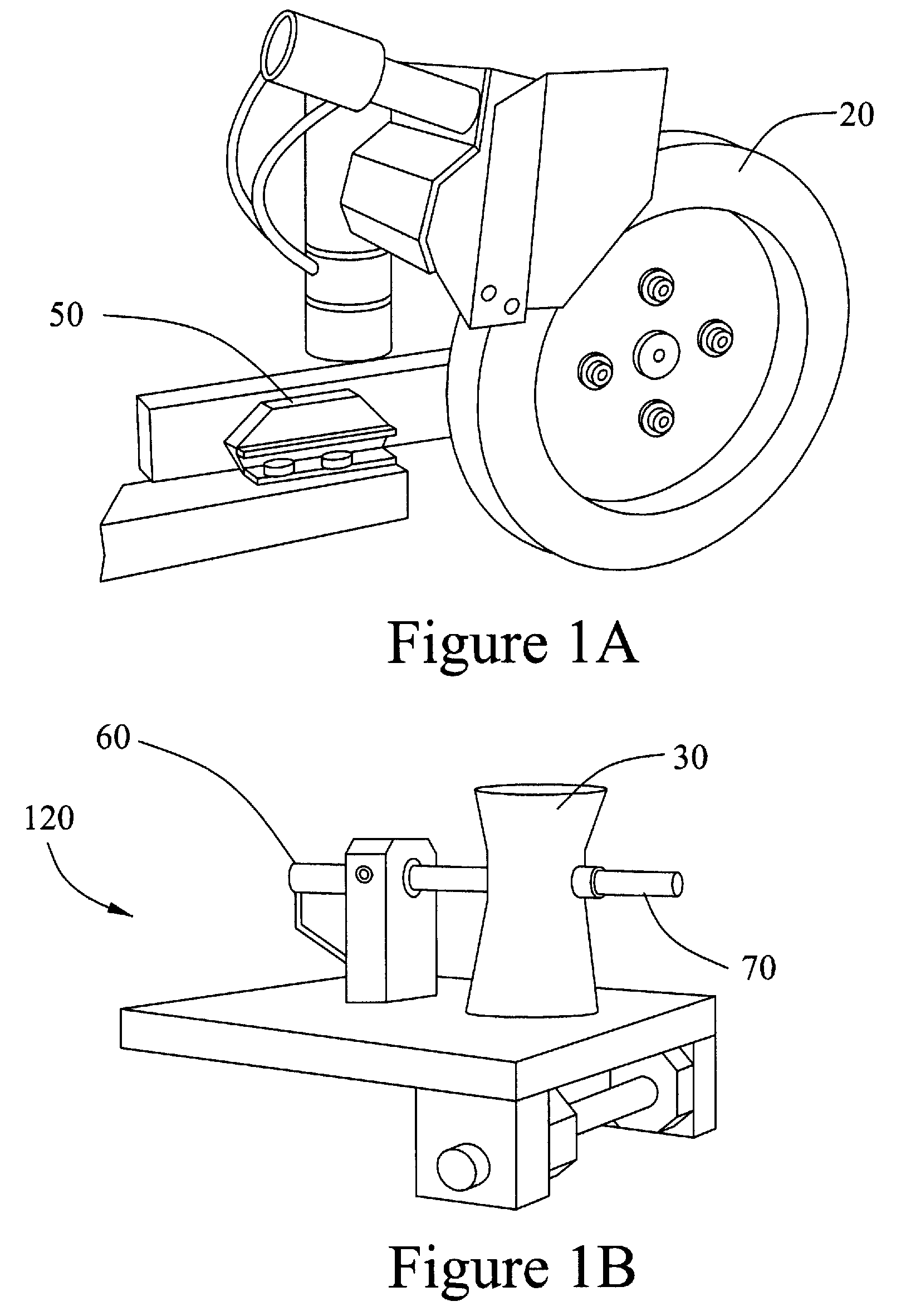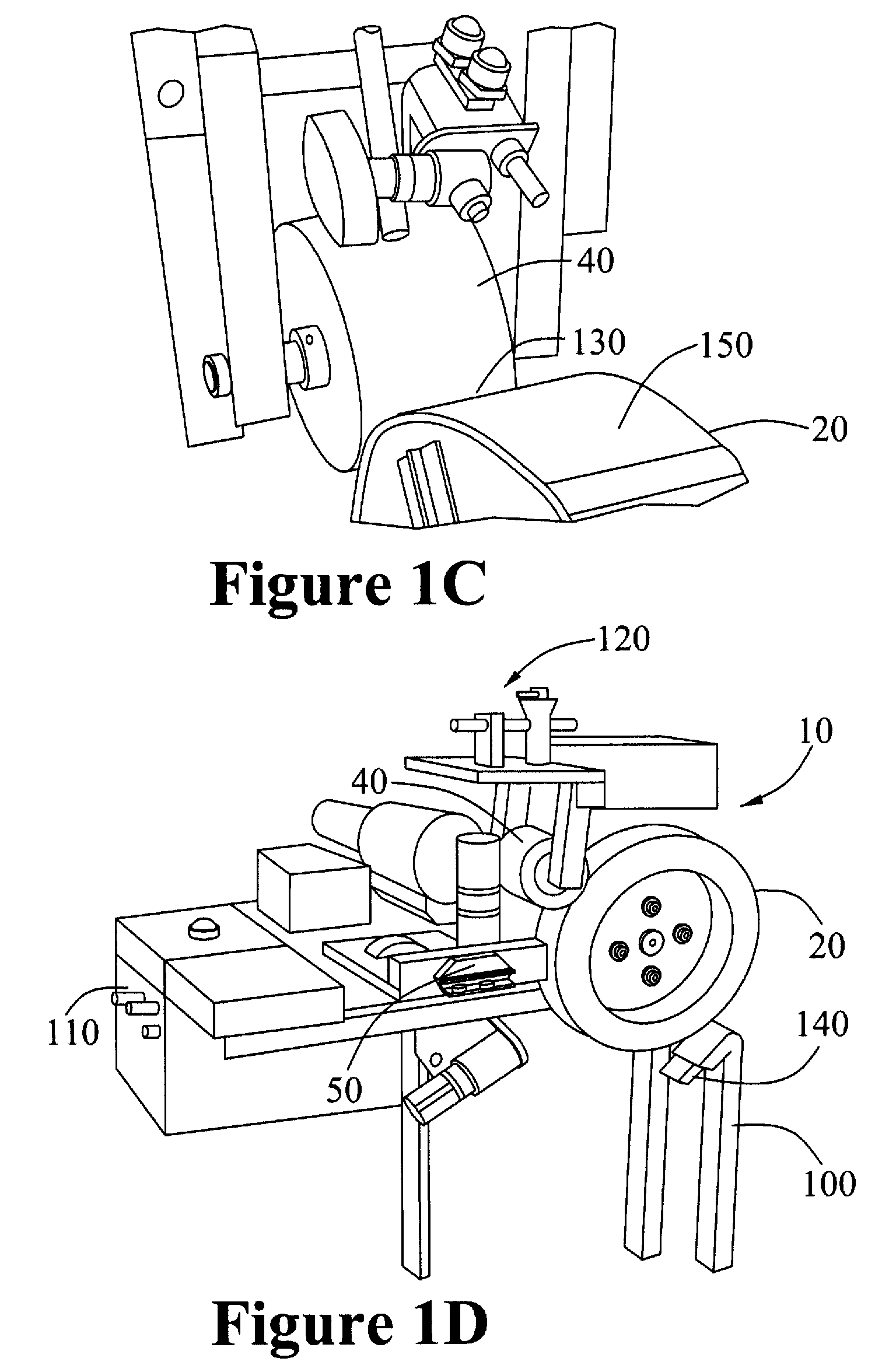Solid stick compositions comprising vinyl ester
a technology of vinyl ester and composition, which is applied in the direction of rail wetting/lubrication, rail lubrication, transportation and packaging, etc., can solve the problems of high noise level, uneven wear of mechanical components, and high noise level of steel-rail and steel-wheel transportation systems, so as to reduce wear and energy consumption, reduce consumption, and improve performan
- Summary
- Abstract
- Description
- Claims
- Application Information
AI Technical Summary
Benefits of technology
Problems solved by technology
Method used
Image
Examples
example 1
Solid Stick Compositions
[0110]Examples of solid stick compositions comprising vinyl esters for testing were prepared using standard methods. Non-limiting sample compositions include those provided in Table 1. For each test, the resin component of the solid stick composition was varied. The resin components tested were as follows:[0111]1. Group I resins—resins commonly used in solid stick compositions known in the art: a halogenated isophthalic polyester (HETRON 99P™); an isophlatic polyester with aluminatrihydrate (DION FR 850-200™); and a halogenated polyester (POLYLITE 33441-00™),[0112]2. Group II resins—vinyl ester resins of the present invention: a bisphenol epoxy vinyl ester (DION VER 9100-00™) a brominated bisphenol epoxy vinyl ester (DION FR 9300™); a vinyl polyester (DION VPE 7100-06™); and an epoxy novolac-based vinyl ester (DERAKANE 470-300).
TABLE 1Samples of solid stick compositions comprising either 51% (w / w) or60% (w / w) of a lubricant (Molybdenum disulfide; MoS2)Additiv...
example 2
Stick Hardness Testing (D-Type Durometer)
[0114]The average hardness of solid stick compositions samples comprising the different resin components given in Example 1 and 51.87%, 20.82% or 10.00% (w / w) lubricant (molybdenum disulfide (MoS2)) were measured using a D-Type Durometer as would be know to one of skill in the art (ASTM D 2240 Standard Test Method for Rubber Property-Durometer Hardness). The method comprises pressing the Durometer against the sample, and measuring a material resistance force. The depth of the indentor was measured, which provides a measure of the material's hardness.
[0115]The results are given in Table 2 and indicate that solid stick composition samples comprising a vinyl ester resin (Group II resins) have a similar or lower average hardness compared with samples comprising halogenated polyester resins or isophthalic polyester resins (Group I resins) commonly used in known solid stick compositions.
TABLE 2Average hardness of solid stick composition samples com...
example 3
Stick Testing Apparatus (STA Testing)
[0116]A stick testing apparatus and test method was developed by Kelsan Technologies Corporation to measure solid stick composition consumption rates over a prolonged period of time and under variable abrasive surface conditions.
[0117]As shown in FIG. 1D, the Stick Testing Apparatus (10) comprises a frame (100) for mounting the following components: a standard stick mounting bracket (50), which receives a solid stick composition sample; an abrasion resistant steel main wheel (20) and a cooperating nib wheel (40); a sand applicator assembly (120); and a control box (110). As shown in FIG. 1B, the sand applicator assembly (120) comprises a sand trickier (30) into which sand is loaded, a sand trickier rod (70) for introducing sand onto the surface of the main wheel (40) and a sand trickier motor (60).
[0118]In use, the sand trickier (30) is loaded with sand, which may have been sieved to eliminate particles greater than a known size, for example, but...
PUM
| Property | Measurement | Unit |
|---|---|---|
| weight percent | aaaaa | aaaaa |
| weight percent | aaaaa | aaaaa |
| weight percent | aaaaa | aaaaa |
Abstract
Description
Claims
Application Information
 Login to View More
Login to View More - R&D
- Intellectual Property
- Life Sciences
- Materials
- Tech Scout
- Unparalleled Data Quality
- Higher Quality Content
- 60% Fewer Hallucinations
Browse by: Latest US Patents, China's latest patents, Technical Efficacy Thesaurus, Application Domain, Technology Topic, Popular Technical Reports.
© 2025 PatSnap. All rights reserved.Legal|Privacy policy|Modern Slavery Act Transparency Statement|Sitemap|About US| Contact US: help@patsnap.com



